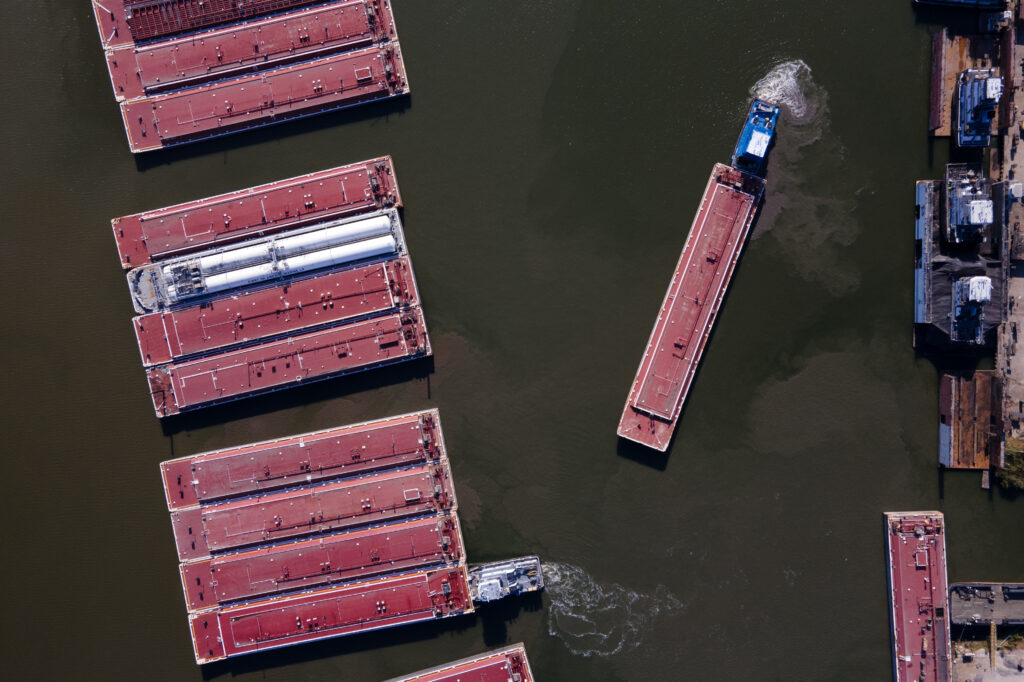A new study suggests that circular fashion (CF) – the practice of recycling, reselling, and renting clothing to reduce waste – might not be the green solution it claims to be.
While the concept sounds promising, the study, published in the journal Frontiers in Sustainability, seems to uncover major flaws in how circular fashion is being implemented and discussed.
Despite widespread claims that CF can recover over $500 billion in lost value annually through resale, rental, and recycling, the research reveals a $460 billion miscalculation that casts doubt on these projections.
The study evaluated 20 key reports from grey literature – non-academic industry publications – such as the Ellen MacArthur Foundation’s A New Textiles Economy (2017).
It found that CF concepts are poorly defined, disconnected from academic economic theory, and ultimately serve the interests of dominant fashion brands rather than consumers or workers.
Lead author Dr Talia Hussain, of Loughborough University London, said: “The fashion industry faces many sustainability challenges which it is, unfortunately, not tackling successfully.
“At every stage and every scale, we observe problems. From water and land use, to chemicals, fossil fibres, labour abuse, overproduction and ultimately textile waste.
“We can see water overexploitation from space. Polyester microfibres pollute the deepest ocean water and our bodies too.
“Our paper shows that that the circular fashion solution, which has been embraced by governments and industry, does not stand up to the slightest scrutiny.
“The authors of a flagship circular fashion report have added $460 billion dollars they should have subtracted.
“Overproduction, which anyone can see in the never-ending sales on the high street, is not addressed.”
Key Findings:
- Flawed Economic Assumptions: Circular business models (CBMs) such as resale and rental generate lower profit margins than new product sales. If CBMs successfully reduce new production, fashion revenues will shrink, contradicting CF’s economic promises. If they merely supplement new production, environmental benefits will be negligible.
- Overproduction Ignored: CF literature focuses on consumer behaviour but overlooks the fashion industry’s routine disposal of unsold stock. This omission weakens CF’s ability to address the root causes of waste.
- Misguided Policy Recommendations: Reports rely on business jargon and inconsistent definitions of ‘value chain,’ leading to superficial policy prescriptions that fail to address systemic issues.
- Labor Concerns Overlooked: The shift to lower-margin circular models is unlikely to improve wages or working conditions for garment workers. Instead, it may lead to even more precarious employment in second-hand clothing sorting and recycling.
- Industry-Controlled Sustainability Discourse: Consulting firms like McKinsey & Co and global leadership (GL) organizations shape CF policy without rigorous scrutiny, reinforcing the power of dominant fashion brands while sidelining alternative models such as degrowth and sufficiency.
The research warns that CF, in its current form, is built on unrealistic projections and industry rhetoric rather than substantive economic and environmental solutions.
By prioritizing corporate interests and maintaining the status quo, CF risks creating new problems instead of solving existing ones.
The study urges academics, policymakers, and industry stakeholders to critically reassess CF narratives and explore alternative approaches that prioritize systemic change over profitability.
Future sustainability efforts must be grounded in robust empirical research rather than unexamined advocacy.
Dr Hussian said: “Circular fashion seems to rely on the same ideals of image-oriented high-frequency consumption that create the problems we observe now. Social media hashtags, as recommended in the EU’s sustainable textile strategy, cannot solve these problems.
“Unfortunately, circular fashion has absorbed the majority of policy-making attention and resources for research. After circular fashion fails, and it will, we will be left with a load of old problems and no new ideas. We need to invest in research, development and testing of new ideas now.”















